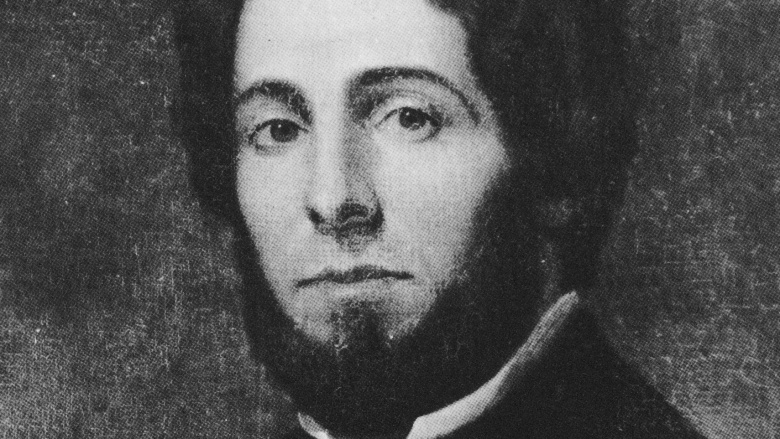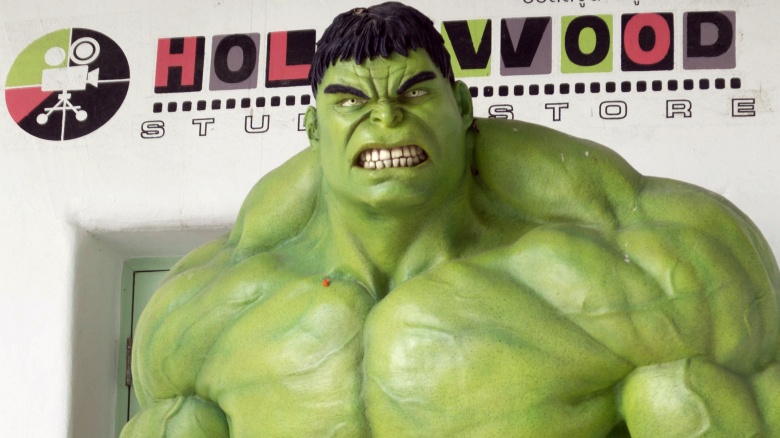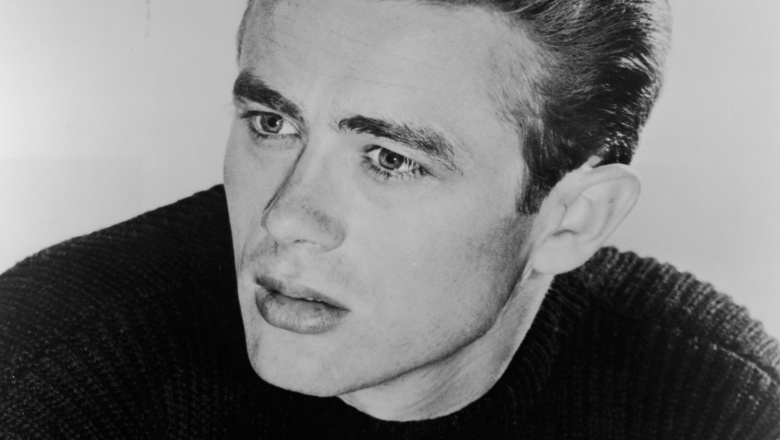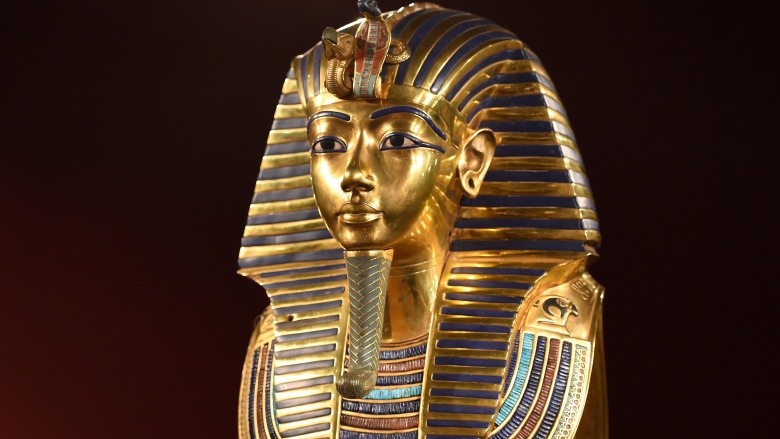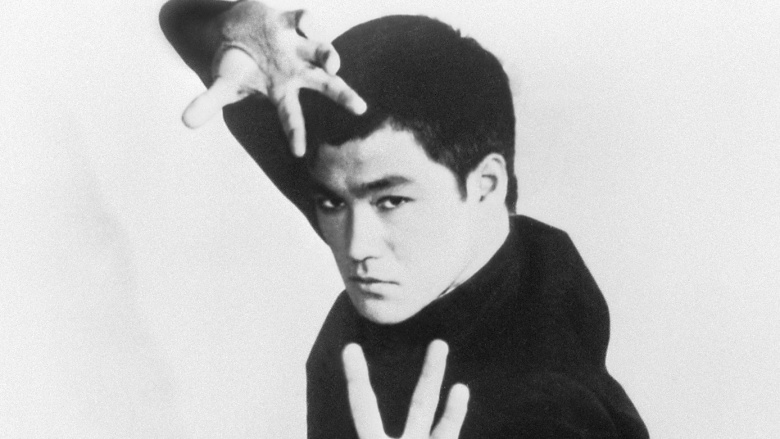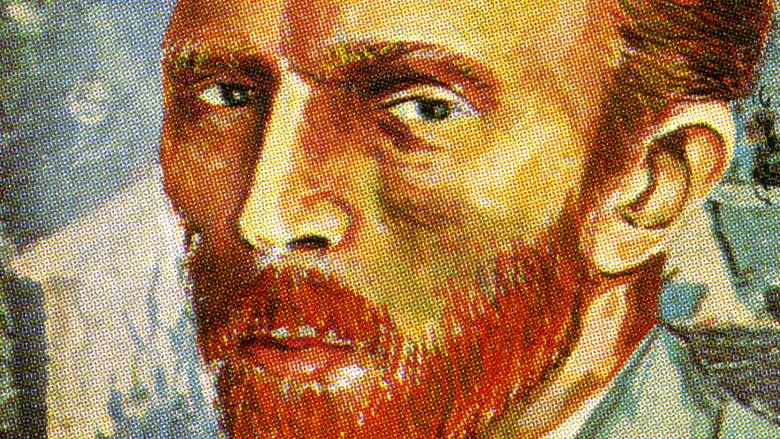People Who Became More Famous After Death
There's a popular belief in the art world that an artist can only truly achieve fame after death. And there does seem to be some precedent for that since many artists from van Gogh to Monet were never really appreciated in their time. But as it happens, it's not just your classical painters who only achieve fame after they can't appreciate it themselves. It's all kinds of talented people who are unfortunate enough to miss out on the rest of the world appreciating their talents.
Herman Melville
He's known today as the author of one of the greatest American novels of all time, Moby Dick, but in his day Herman Melville barely had two pennies to scratch together. He had achieved some mild fame early on in life, but by the time he wrote his famous novel about the white whale, his career was on a downward spiral and the book barely got any attention at all.
Near the end of his life, all of his books were out of print and his lifetime take from writing was only $10,000. That figure was worth more back then, sure, but it wasn't much of a lifetime achievement. He gave up on writing and became a customs inspector, a job he held for 19 years until his death. It wasn't until the 1920s that Melville really enjoyed a revival thanks to a biography about him by Raymond Weaver, and Moby Dick rose to the famed status it now enjoys.
Stieg Larsson
The Girl with the Dragon Tattoo was a huge success as both a book and a movie. Two movies in fact, plus the sequels in Europe and North America. In 2010, the book's author Stieg Larsson became the first author to sell a million books on Amazon and he won Author of the Year award in the US that same year.
The series that Larsson wrote went on to win numerous literary awards around the globe, especially after his works were finally published in English. And all of this happened from 2005 on, when the first book was published, made all the more interesting by the fact Larsson himself died in 2004. Larsson left behind pieces of a fourth novel and plans for upwards of ten in the entire series. Since his death another author has taken over the series, but it's clear that, had Larsson lived, he would have been one of the most successful modern writers in the world.
Jack Kirby
Arguably Jack Kirby enjoyed some fame in life, as he was known as the flipside to the Stan Lee coin that created some of Marvel Comics' most famous characters. Lee wrote and Kirby drew, and together they created dozens if not hundreds of the most iconic characters in pop culture today, from Iron Man to Nick Fury to the Incredible Hulk.
Unfortunately for Kirby, he was a "work for hire" employee, which means he got paid once for what he did. And, since Lee was the face of Marvel, Kirby was relatively unknown outside of the comic book art world up until his death in 1994. Since then his estate has fought to ensure he gets recognition for the characters he helped Stan Lee create, which is a pretty big deal when you consider he had a hand in the creation of nearly every major character in Marvel's Cinematic Universe.
James Dean
When you think of legends of Hollywood, there's a good chance James Dean is going to pop up somewhere in there. He was pretty much the archetypal Hollywood bad boy. Good looks, fast cars, cool attitude. The crazy thing is his celebrity was remarkably short-lived. It lasted just about a year during which time he only made three movies, two of which weren't even released at the time of his death.
Dean's biggest hit, Rebel Without a Cause, would go on to make the star a household name. It was released a full month after Dean died in a car crash. The fact that he was also really good in the roles he played has also helped him endure, and helped him achieve the only posthumous Best Actor nomination in Academy Awards history.
King Tut
King Tutankhamen was, of course, a king of ancient Egypt. So it's likely he was pretty well known during his lifetime. But you need to understand the context of his reign. In life, Tut was the Millard Fillmore of Pharaohs. Sure he ran the place, but his reign was short and forgettable. It's merely a fluke of time and luck that we know who he is today. Thanks to years in the desert at the mercy of the elements and grave robbers, King Tut's tomb was one of the very few that survived to be discovered in the twentieth Century. If graverobbers had maybe done their worst three miles to the east, we'd all associate King Ramkahet with Ancient Egypt today.
Bruce Lee
It's kind of hard to wrap your head around this idea since Bruce Lee is one of the greatest, if not the greatest, martial arts stars of all time, but he actually didn't achieve international fame until after he died. In his lifetime, his exposure to US audiences consisted only of his role as Kato on the Green Hornet, a show that was cancelled after one season, and a few background roles in movies. His breakout hit, Enter the Dragon, made him a household name, but it was also released a month after his death. All the rest of his film roles that fans later came to enjoy had been released solely in China.
Likely because it was in the 1970s and most of his fans were young boys who weren't aware of Lee's real life, there's a disconnect between the fact that Lee was not alive when nearly all of his films were released stateside. When they did get wide exposure, Lee went on to great fame and fortune and still makes millions for his estate every year.
Vincent Van Gogh
He may be considered one of the greatest artists, but in life van Gogh was no success. His entire art career made him 400 francs from the single painting he sold. Of course when he did die, he left behind nearly 2,000 pieces of art including paintings and sketches, some of which can sell for tens of millions of dollars today.
Unfortunately for van Gogh, he was saddled with some severe issues during his life, including depression and epilepsy and likely a few more conditions that would have been better diagnosed in the present than during his time. Remember, this is the guy who cut off his own ear. So unknown was van Gogh in life that even when he did die it didn't stir much news because no one had heard of him anyway. It was only after people discovered the art he left behind and it began to be shared throughout Europe that an appreciation for his genius began. Today his painting Portrait of Dr. Gachet is estimated to be worth about $150 million.


